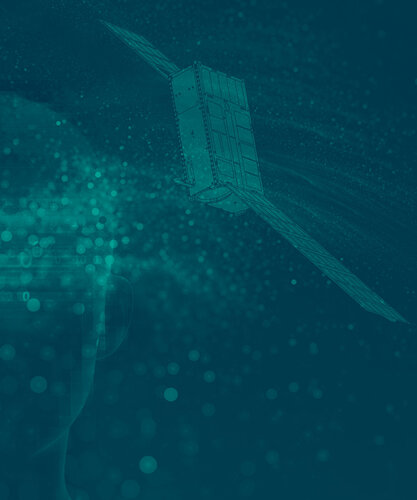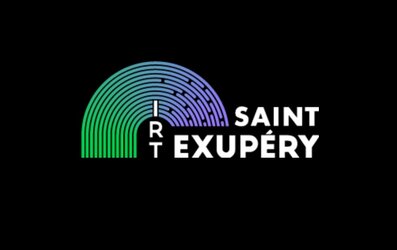Φsat-2 gets two new AI apps
Φsat-2, ESA’s groundbreaking cubesat scheduled for launch in June, will now include two new AI-driven apps destined to demonstrate a crucial role in future environmental monitoring from space. The apps, which focus on marine pollution and wildfires, were the winning entries in ESA’s OrbitalAI Challenge.
AI is already established as a vital tool in Earth observation, helping to sift through terabytes of satellite data to provide useful insight for scientists, policy makers and commercial operators.
But while most AI processing of information is carried out on the ground once the data have been downloaded, there are significant advantages to be had from integrating AI capabilities on the satellite.
The tiny Φsat-2 satellite couples a multispectral camera with a powerful AI computer that allows dedicated apps to run onboard. This means that, rather than downlinking all the raw imagery data, only the essential information processed by the app is transmitted back to Earth, giving tangible benefits in data transmission efficiency and rapid decision-making.
Four apps had already been selected for the mission and are being pre-loaded on to the satellite. They carry out tasks such as cloud removal from the camera’s imagery, emergency-response street map generation, and detecting and classifying marine vessels.
The space app race

Another impressive feature of Φsat-2 however is that new apps can be uploaded once the satellite is in orbit. Two such applications have now been selected for the mission as a result of the OrbitalAI Challenge.
Launched in February of last year, the OrbitalAI Challenge was an exciting opportunity for scientists, start-ups and larger companies to submit proposals for game-changing apps that harness the many possibilities of in-orbit data processing.
ESA Earth Observation Data Scientist Nicolas Longépé was the coordinator of the competition, “Entries were assessed based on criteria like the level of creativity and originality, the extent to which they solve societal or business problems and their contribution to open science.
“Ten finalists were selected, and these highly motivated teams were then able to develop and test their solutions with ESA Φ-lab and the Φsat-2 consortium lead supplier Open Cosmos. We then had the unenviable task of choosing the two winners from a pool of incredibly innovative and technically proficient apps.”
Come fly with Φsat-2

Both the winning entries tap into vital needs for the environmental safeguarding of the planet.
The first app was created by a team led by the IRT Saint Exupéry Technical Research Institute in France. Its machine learning algorithms scan the satellite’s imagery to spot anomalies in marine ecosystems, with trials showing considerable success in characterising oil spills, algal blooms and sediment flooding.
PhiFire AI is a wildfire detection app that delivers swift early-warning information to response teams. Created by Thales Alenia Space in Italy, the tool provides a classification report that identifies not only the fire itself but also nearby safe, burnt and water areas. Again, testing on data from the Copernicus European Forest Fire Information System (EFFIS) demonstrated that the app’s model was able to distinguish each of these classes of terrain.

Both apps were also tested on hardware that simulates the computational environment on the satellite. “Electrical power and physical space for componentry are in very short supply on a nanosatellite, so the requirements for an onboard app are vastly different from those on a terrestrial AI processor,” comments ESA’s Φsat-2 Technical Officer Nicola Melega.
“Remarkably, both of the winning OrbitalAI apps hit the sweet spot in the trade-off between optimising performance and reducing computational workload, and I fully expect them to perform well in flight.
“Moreover, one of the great advantages of Φsat-2 is that we can refine and update software during the mission, meaning that all six of the chosen apps will be able to enhance their capabilities over time.”
The Saint Exupéry app and PhiFire AI will be uploaded to Φsat-2 after launch as part of the satellite’s commissioning phase during the summer. Each is expected to be fully operational by the end of 2024.










